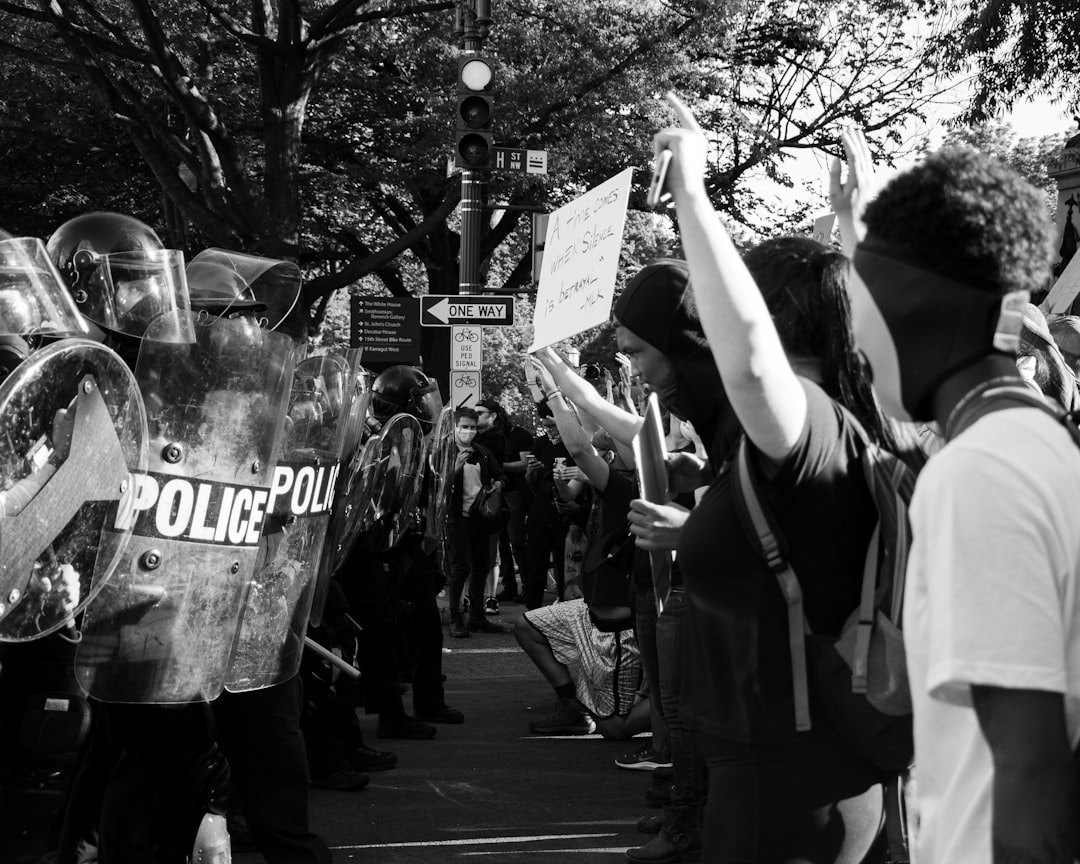The Massive Turnout That Shook the Nation (Image Credits: Unsplash)
Under a clear autumn sky, thousands gathered in small-town squares, their signs waving like flags in a steady breeze, echoing a call for democracy amid rising tensions.
The Massive Turnout That Shook the Nation
Imagine waking up to news of over 2,500 rallies sprouting across every state in one day. That’s exactly what happened on October 18, 2025, when the “No Kings” movement drew what organizers claim is nearly 7 million participants. It wasn’t just urban centers; even quiet rural spots saw crowds that surprised locals.
These protests marked the third major wave since Trump’s return to the White House, building on earlier events that pulled in millions. Peaceful yet passionate, they focused on issues like immigration crackdowns and federal troop deployments. The sheer scale turned heads, proving resistance is alive and widespread.
Yet the real question lingers: does this energy translate into change where support for Trump runs deepest?
Facing the Red Wave in Trump Country
In places where Trump banners still fly high, showing up to protest feels like walking into a lion’s den. Take rural Texas or parts of the Midwest, where “No Kings” events drew hundreds despite local skepticism. Protesters there shared stories of neighbors turning out, not to clash, but to voice quiet frustrations over policies hitting their communities hard.
One organizer in a small Ohio town noted how the rally stayed civil, with some Trump voters even stopping by to chat. It’s these interactions that might plant seeds of doubt. Still, in deeply conservative areas, the events often felt like drops in an ocean of loyalty.
The challenge? Turning fleeting gatherings into lasting conversations that bridge divides.
Voices Rising from Unexpected Places
From Los Angeles to little hamlets in Pennsylvania, everyday folks stepped up. A veteran in Florida spoke out against what he saw as overreach in military displays, while a farmer in Iowa worried about economic fallout from government shutdowns. These personal stakes made the protests relatable, even in pro-Trump enclaves.
Social media buzzed with clips of diverse crowds chanting together, showing unity across lines. In some spots, turnout exceeded expectations, like Chicago’s 15,000 or LA’s massive waves. It highlighted how grievances over rising costs and rights erosion cut through party lines.
Assessing the Political Ripple Effects
Short-term, these rallies amplified opposition noise, overshadowing Trump’s events like his military parade. Polls might not shift overnight, but they energize activists and draw media spotlight to Democratic critiques. In red states, though, the impact seems muted, with local leaders dismissing them as coastal noise.
Longer view, they build a resistance network. Organizers talk momentum, warning that losing steam means losing ground. Figures like Bernie Sanders and AOC joined calls, linking the movement to broader fights against autocracy.
One metric stands out: international echoes, with protests rippling to Europe and beyond, pressuring U.S. image abroad.
Challenges Ahead for the Movement
Sustaining this fire won’t be easy. Weather, counter-protests, and fatigue could dampen future turns. In Trump strongholds, safety concerns arose, like Texas evacuating its capitol over threats. Yet the boisterous, party-like vibe in many cities kept spirits high.
Republicans labeled them “hate-America” gatherings, which might rally their base further. For “No Kings” to gain traction in those areas, it needs local leaders and tailored messages on pocketbook issues.
Lessons from the Streets
History shows protests can shift tides slowly, like civil rights marches that reshaped laws over time. Here, the focus on non-violence and inclusivity sets a strong tone. Even if numbers don’t topple kings yet, they remind everyone that democracy thrives on participation.
Comparing turnouts:
| Event | Estimated Attendance | Date |
|---|---|---|
| No Kings (Oct 2025) | Up to 7 million | Oct 18 |
| No Kings (June 2025) | 4-6 million | June |
| Women’s March (2017) | ~4 million | Jan 2017 |
This table underscores the growing scale, hinting at potential for real influence if channeled right.
Key Takeaways
- Protests highlight divisions but foster unexpected dialogues in conservative areas.
- Massive, peaceful turnouts build momentum against perceived overreach.
- Sustained effort could pressure policy shifts, especially on economic fronts.
In the end, “No Kings” isn’t just about one day; it’s a spark testing America’s resolve against authoritarian leanings. Whether it cracks Trump’s hold in his backyard depends on turning chants into votes and conversations into coalitions. What do you think – can these rallies change hearts in red states? Share in the comments.




